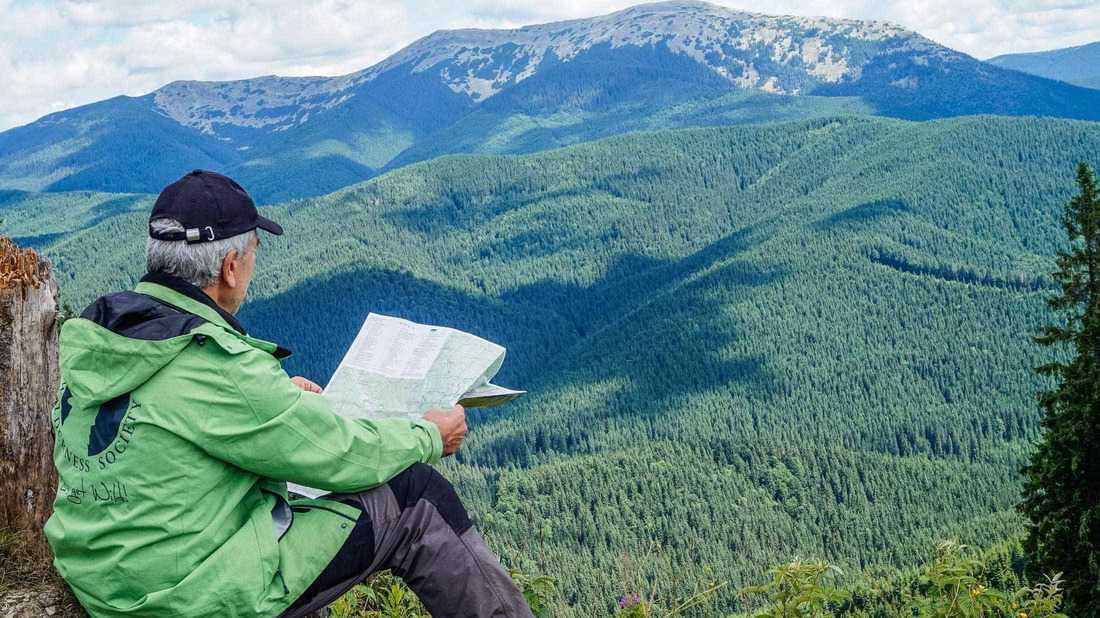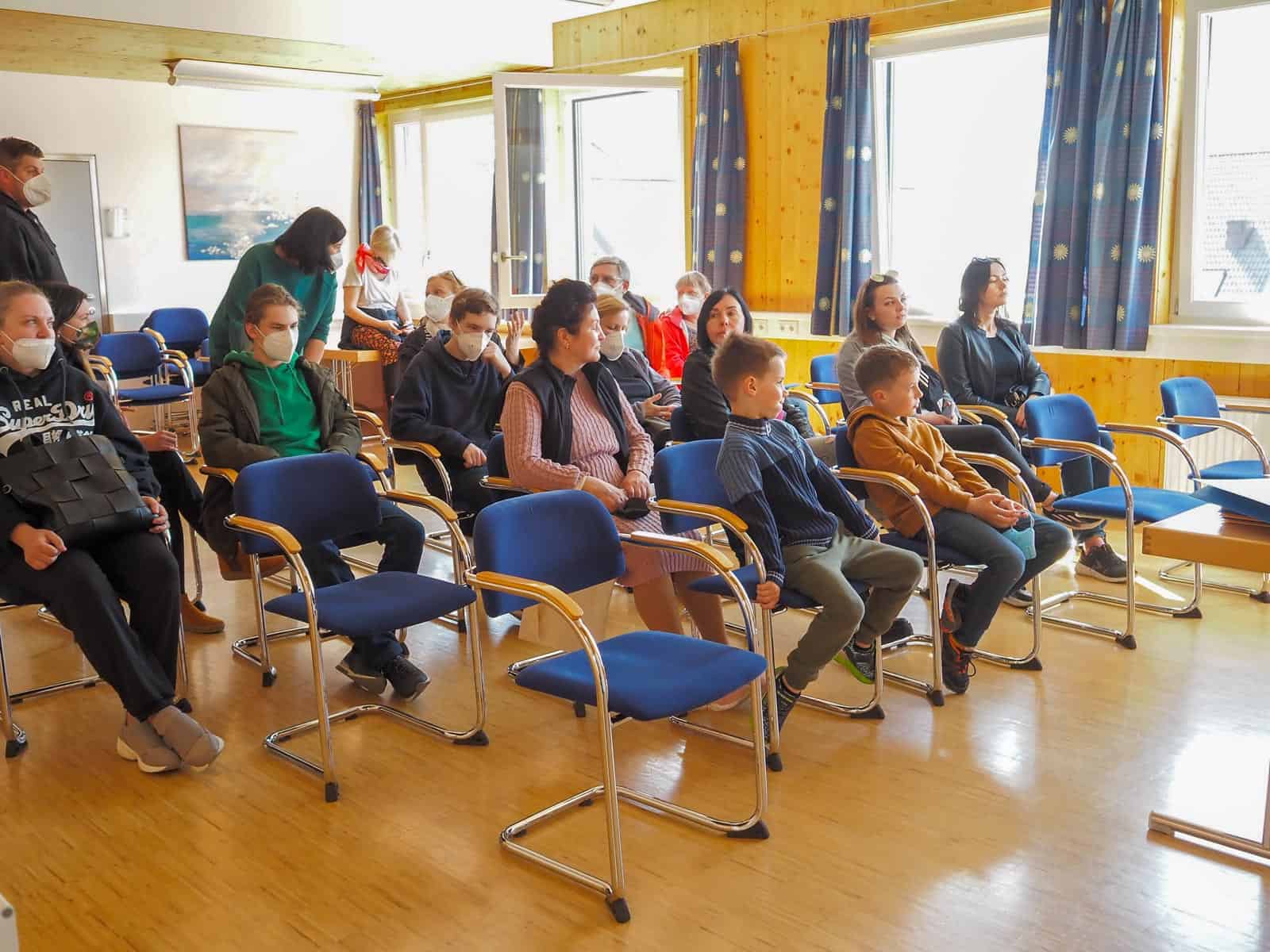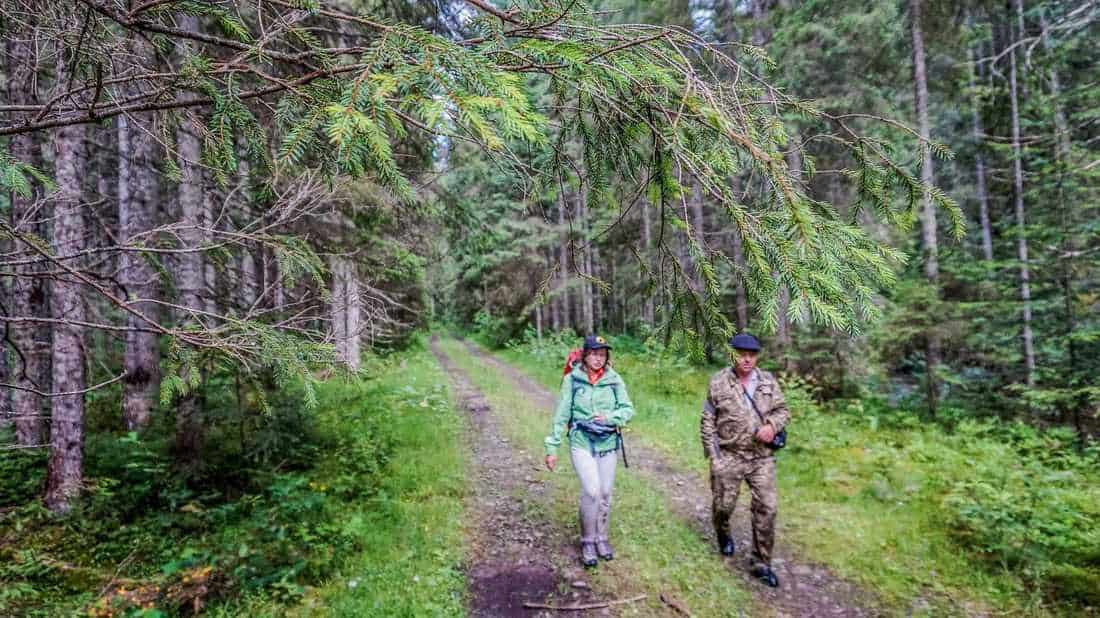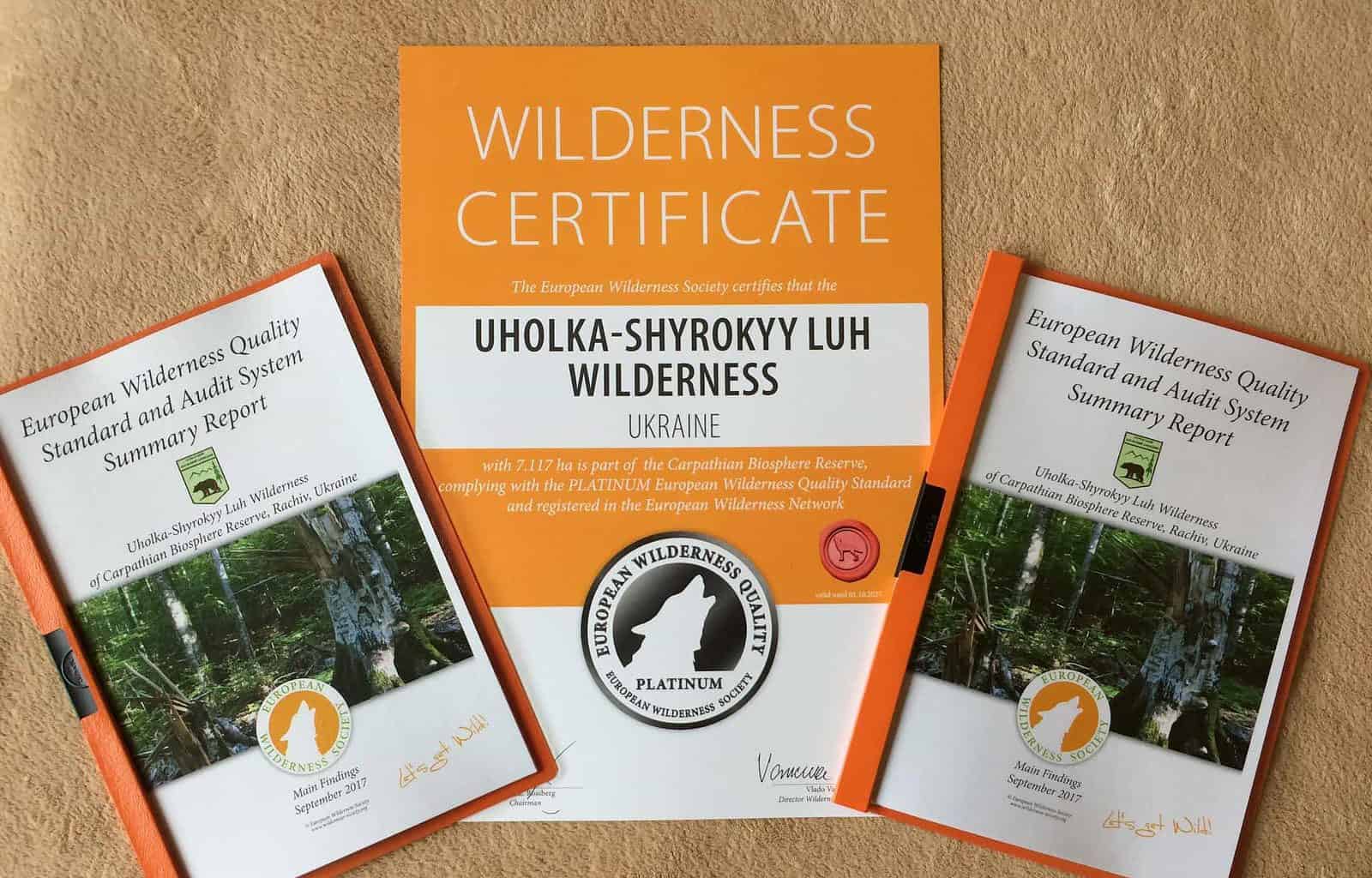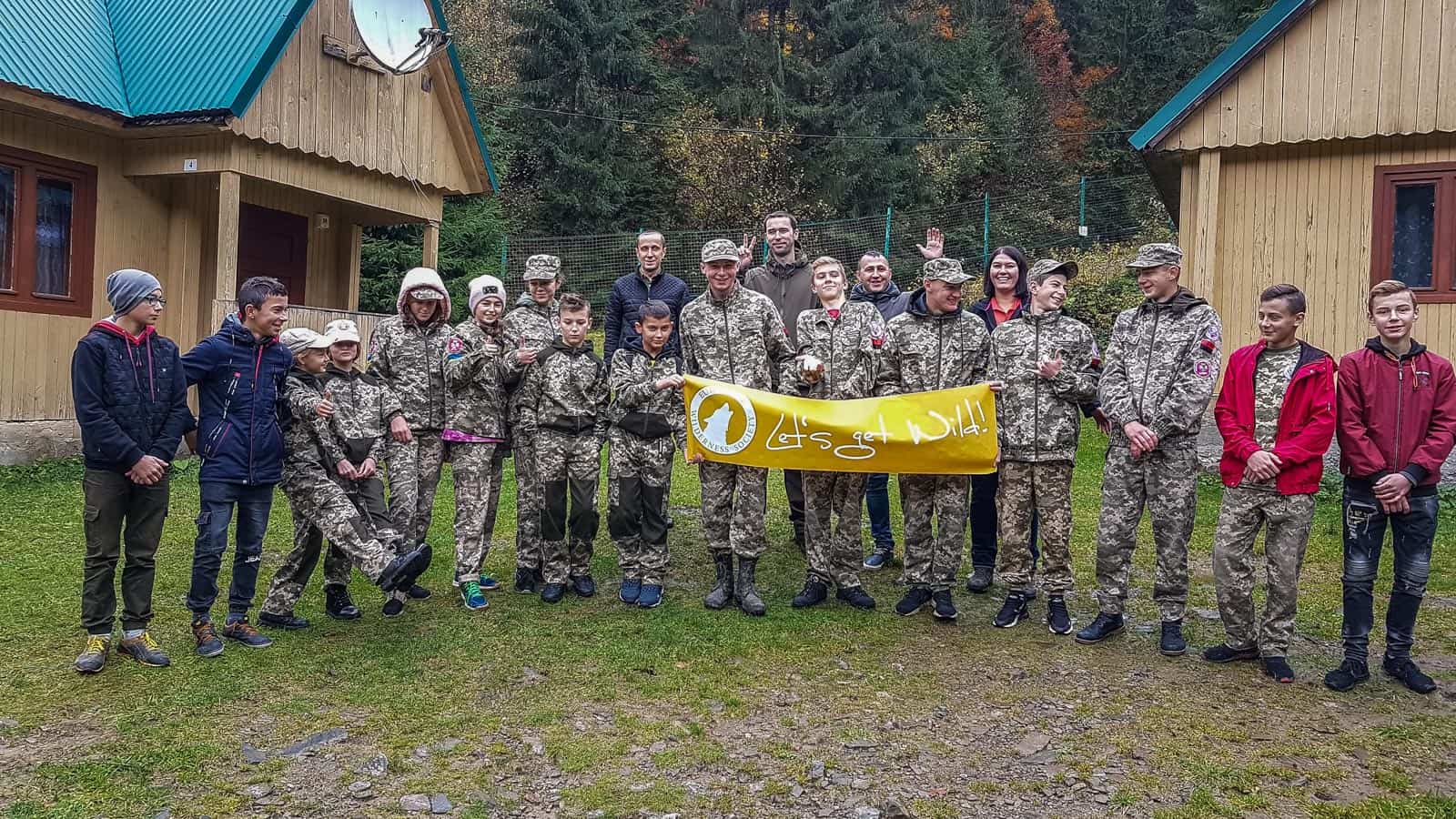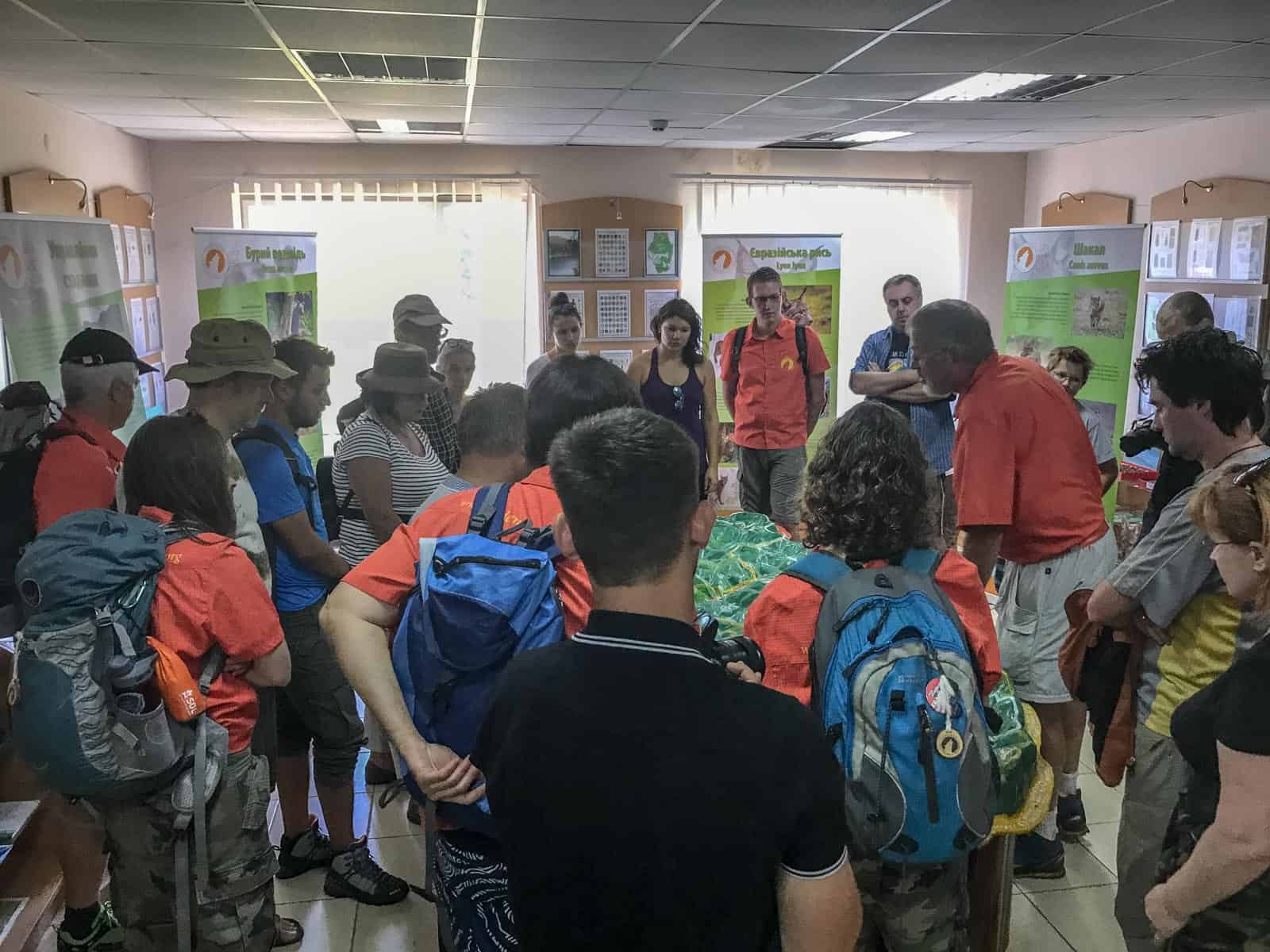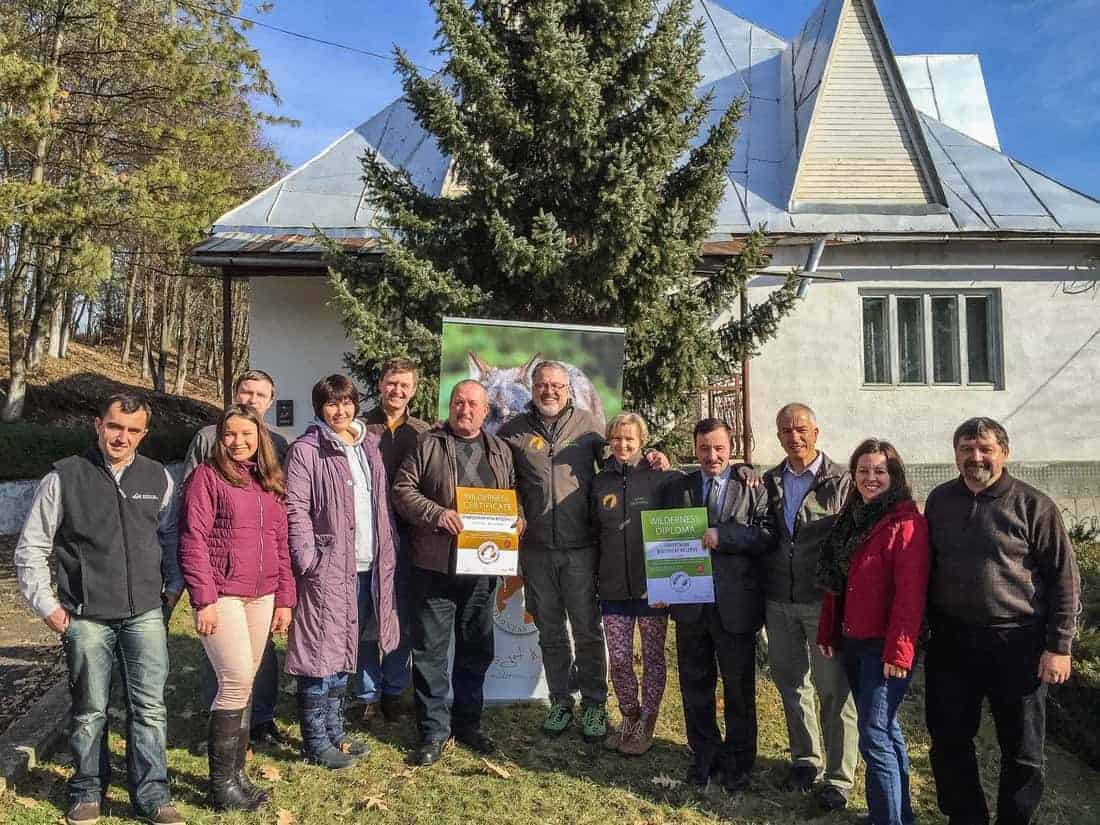How the War has affected Ukrainian Protected Areas
War has devastating effects on both people and nature, and the ongoing Russian invasion in Ukraine has taken a toll on approximately 30% of the country’s protected areas. The situation recently worsened with the destruction of the Kakhovka Dam in the Dnipro River, which is 100 times larger than the largest dam in Germany.
On July 12th, Anastasiia Drapaliuk, an expert at the Ukrainian Nature Conservation Group and an assistant to the People’s Deputy of Ukraine, conducted a webinar in collaboration with the Europarc Federation. The purpose of the webinar was to shed light on an often overlooked aspect of war: its impact on biodiversity and the Protected Areas of a country at war and over 90 participants joined to find it out.
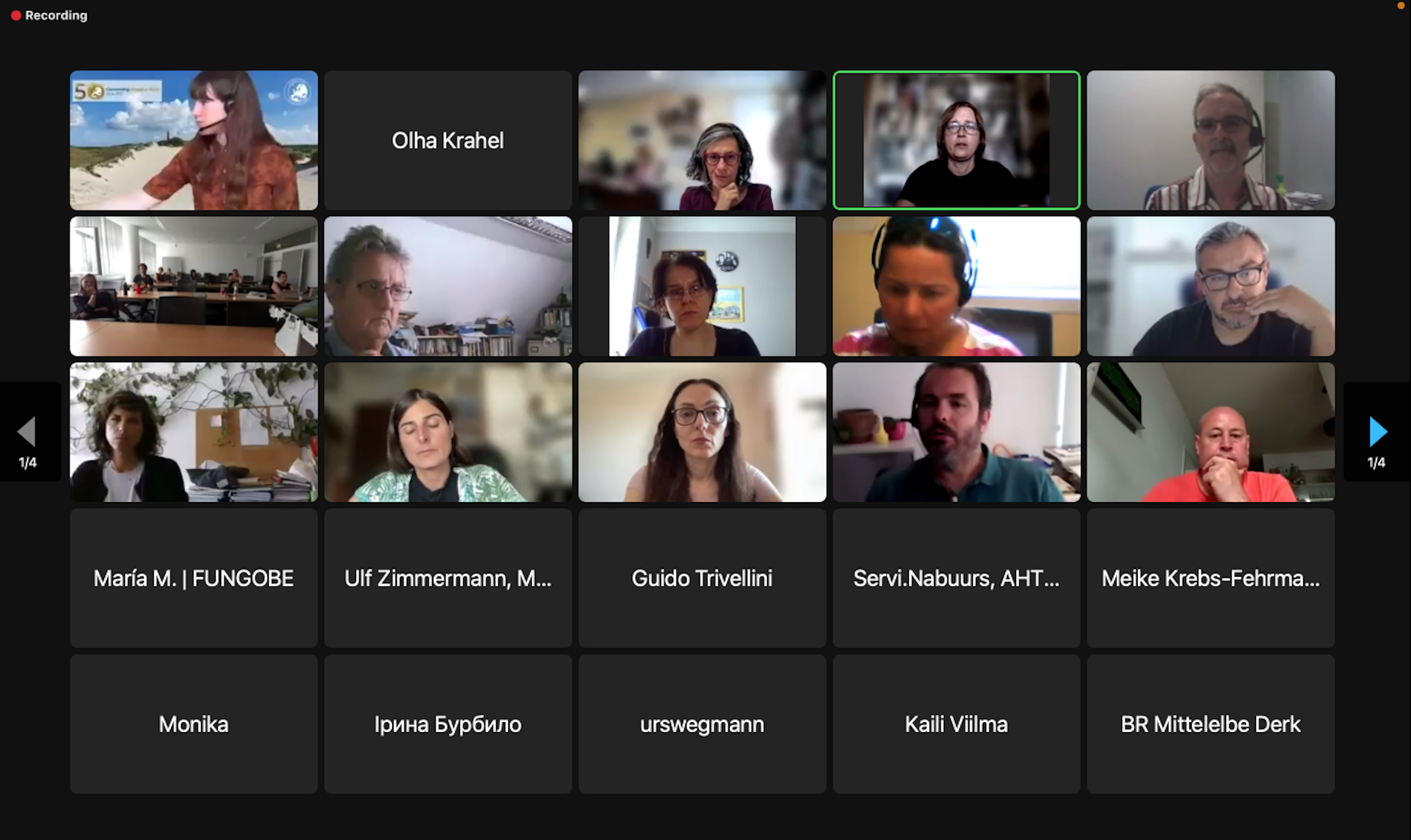
Protected areas in Ukraine
Ukraine contains over 80,000 km2 of valuable protected areas. These include 15 components of UNESCO World Heritage Sites, 8 UNESCO Biosphere Reserves, and more than 500 Emerald Network Sites components (with proposed ones). Additionally, there are 52 sites of wetlands of international importance and 8,844 sites of protected areas of national and local importance.
How Russian invasion damaged Ukrainian protected areas
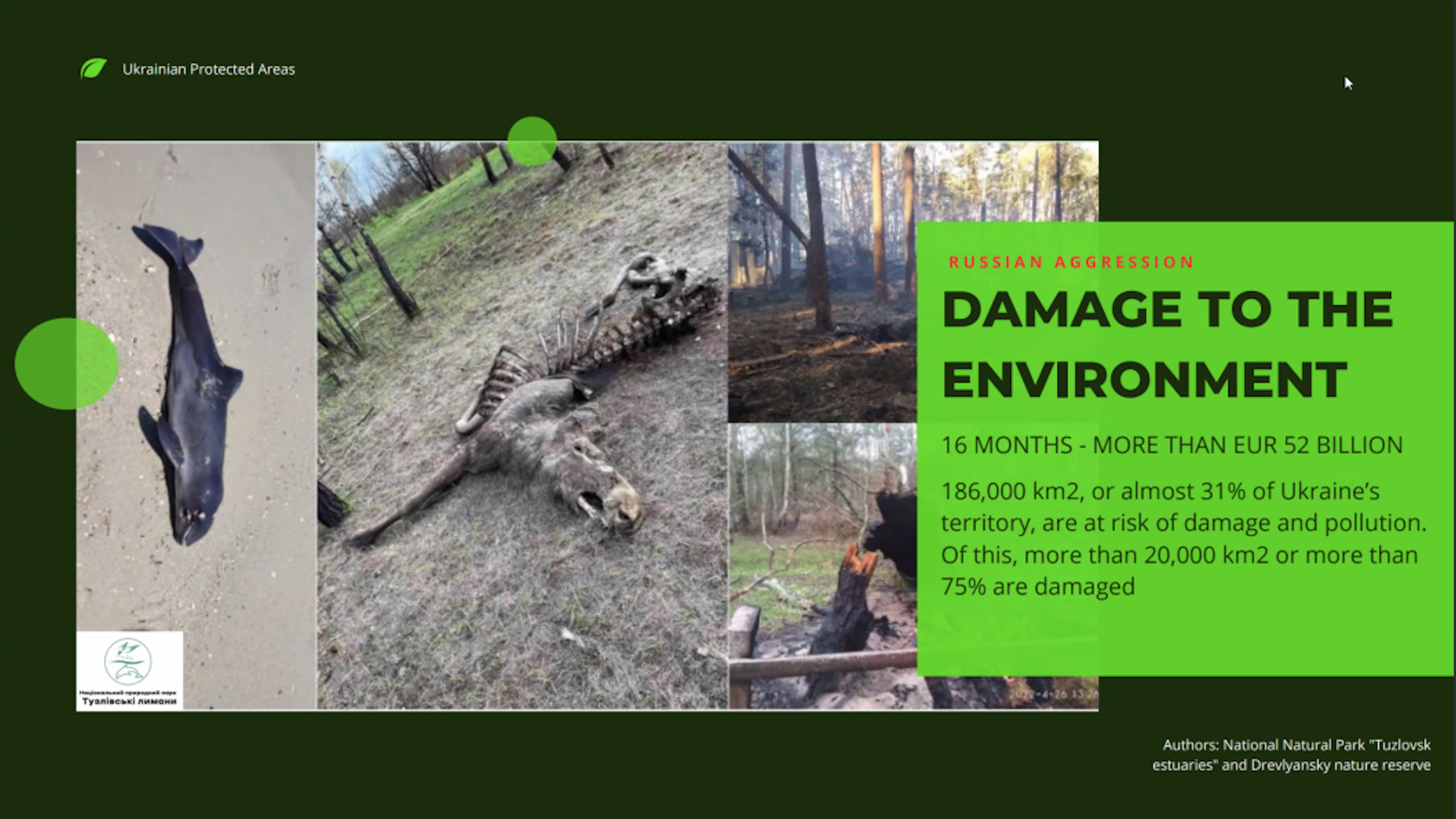
The Russian invasion of Ukraine has caused significant environmental damage, estimated to be over 52 billion euros, within a span of 16 months. A vast area of approximately 186,000 km2, equivalent to the combined territory of Austria and Czechia, is at risk of damage and pollution. Out of this area, more than 20,000 km2, comparable to the size of Slovenia, has already been damaged.
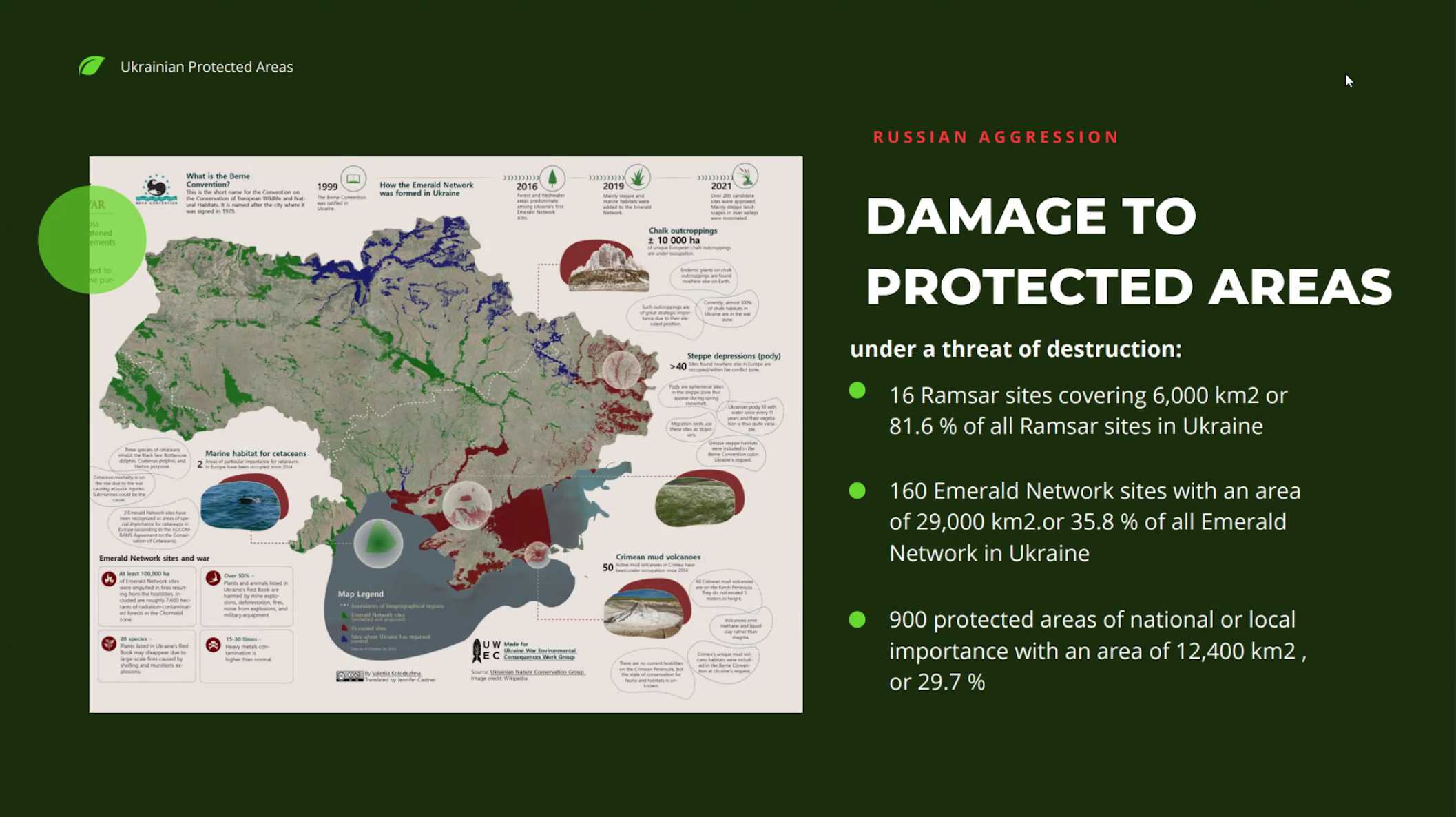
The consequences of the war on Ukrainian protected areas are alarming. Around 900 protected areas of national or local importance face the threat of destruction. Additionally, 81.6% of all Ukrainian Ramsar sites and 29,000 km2 of the Emerald Network in Ukraine are at risk.
Russian terrorist attack on the Kakhovka HPP and its consequences for wildlife
One specific incident that highlights the destructive nature of the conflict is the Russian terrorist attack on the Kakhovka Hydroelectric Power Station and its subsequent impact on wildlife. On February 24, 2022, Russian forces captured the plant, and in the fall of 2022, they mined the dam. On June 6, 2023 the dam was destroyed in an explosion. This incident will completely or partially affect 48 protected sites, encompassing a total area of 120,000 hectares. Notably, the Black Sea Biosphere Reserve, a part of the UNESCO World Biosphere Reserve network and protected since 1927, is among the affected sites.
The intentional flooding has had collateral damage on downstream Protected Areas, including five National Parks, two Ramsar sites, and a Biosphere Reserve. Moreover, the largest national park in the country, the Lower Dnipro National Nature Park, has been entirely wiped out. This deliberate destruction of the dam has had catastrophic environmental consequences and serves as an example of natural resources being used as weapons.
Nature Restoration after the War
After the war, it will be essential to assess the damage caused to nature and implement EU nature conservation legislation. Establishing a high-quality system of protected areas that takes into account the war’s consequences will be a challenging task. However, it will serve as the foundation for effective governance and management at both national and local levels, aligning with the best practices in Europe and the world.
Assistance is urgently needed to conduct thorough research and assess the extent of damage in these areas. Understanding the full scope of the impact will guide effective restoration efforts and inform future conservation strategies.
German Experience for Ukrainian Nature Restoration
The European Wilderness Society is with the Königsbrücker Heide in Germany, part of the European Wilderness Network, a large coherent nature conservation area spanning 5,600 hectares. This area provides favorable conditions for the re-naturalization of previous military training grounds and has the potential to become a prominent Wilderness in Germany. The Königsbrücker Heide Wilderness has not been actively managed for over 15 years, allowing for natural spontaneous dynamics and non-intervention management.
This experience could also be considered for Ukraine.
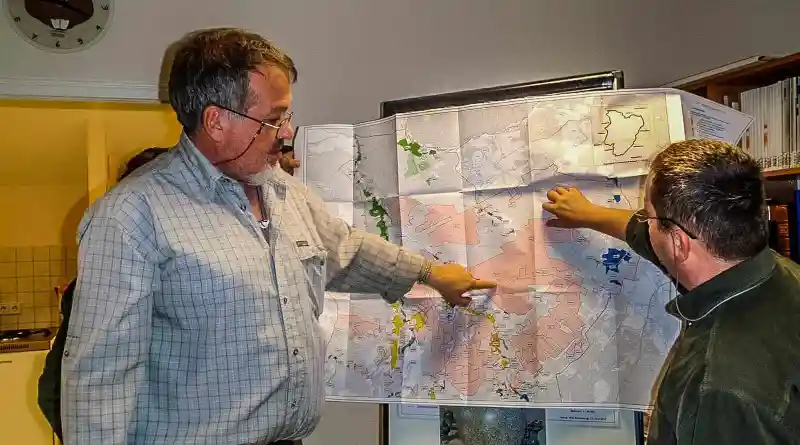
Support
We believe in international support for Ukrainian wilderness, and if you would like to contribute to the protection of these areas, please consider donating to the Ukrainian Nature Conservation Group. Follow this link and support safeguarding Ukraine’s precious natural heritage!

